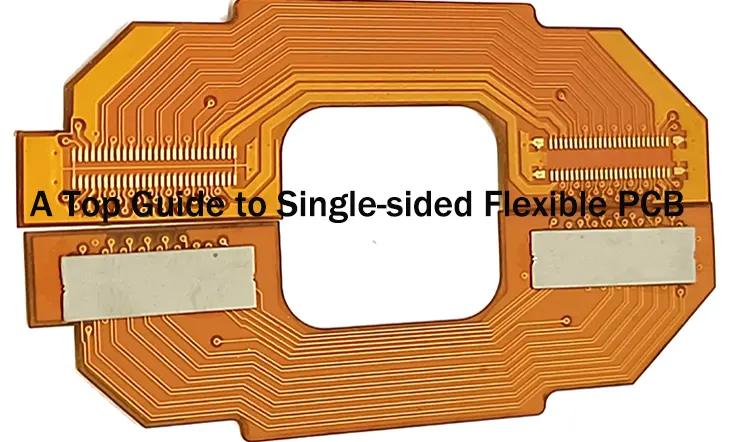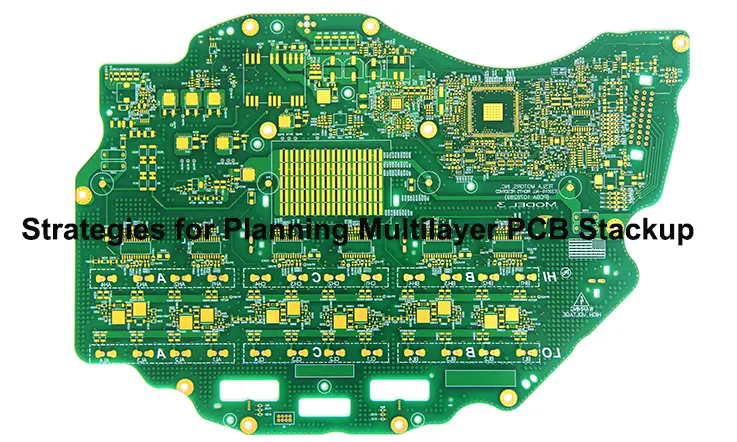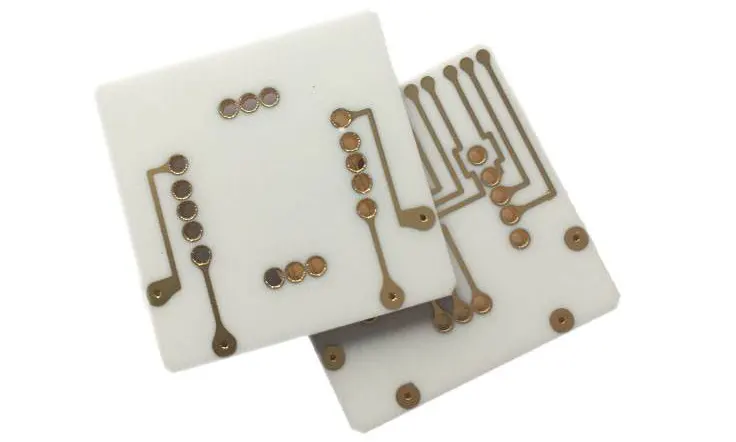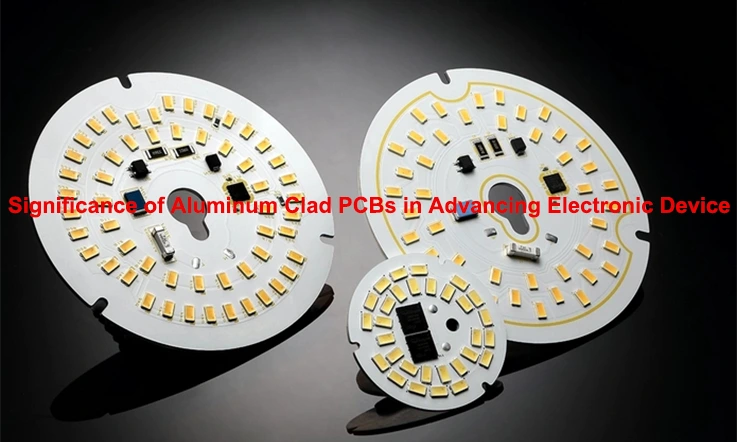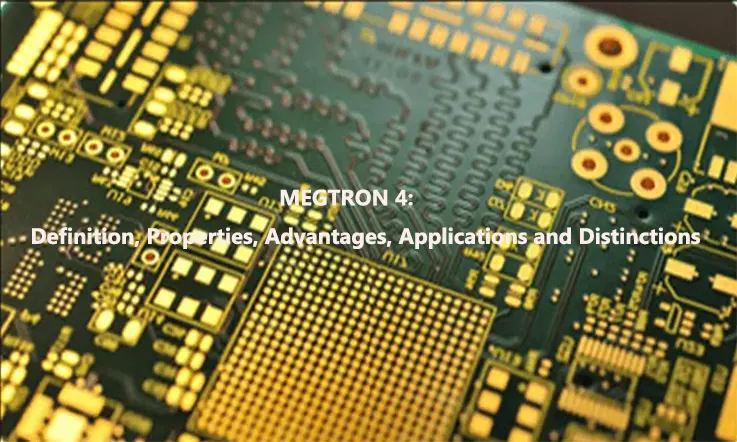
The selection of an appropriate laminate is a crucial phase in circuit board production, as it ensures efficient handling of designated purposes. Among these laminates, Megtron 4 stands out as a popular choice for high-speed and high-volume data transmission applications. This article aims to provide readers with comprehensive details regarding Megtron 4, including its definition, properties, advantages, applications, distinctions from Megtron 6, and the correct approach to choosing the desired Megtron 4. We encourage readers to peruse this article until the very end, as we assure them that it will provide a thorough understanding of Megtron 4.
What are Panasonic Megtron 4 PCB Laminates?
Panasonic Megtron 4 PCB laminates are high-performance materials developed by Panasonic Corporation for use in printed circuit boards (PCBs). Megtron 4 laminates are specifically designed to meet the demands of high-speed and high-frequency applications.
These laminates possess several key features that make them suitable for such applications. They have a low dielectric constant (Dk) of 3.8, which helps minimize signal loss and distortion in high-frequency circuits. In addition, Megtron 4 laminates exhibit a low dielectric dissipation factor (Df) of 0.005 at 1 GHz, further contributing to excellent signal integrity.
One notable characteristic of Megtron 4 laminates is their high glass transition temperature (Tg), which refers to the temperature at which the laminate material transitions from a rigid to a soft state. This high Tg of Megtron 4 allows for reliable operation at elevated temperatures and provides excellent thermal stability.
Overall, Panasonic Megtron 4 PCB laminates are advanced materials that offer excellent performance and reliability for high-speed and high-frequency circuit applications.
Materials Used in Manufacturing the Megtron 4 PCB Laminates
Megtron 4 PCB laminates are manufactured using a combination of various materials that contribute to their excellent electrical and thermal properties. The main materials used in the fabrication of Megtron 4 laminates include:
Reinforcement Materials: Megtron 4 laminates typically consist of woven glass fiber reinforcement materials, such as E-glass or S-glass, which provide mechanical strength and stability to the laminate structure.
Resin System: A high-performance resin system is used as the matrix material in Megtron 4 laminates. This resin system is typically composed of epoxy resin, which offers excellent electrical insulation and adhesion properties.
Fillers and Additives: To further enhance the desired characteristics of the laminates, various fillers and additives are incorporated into the resin system. These may include ceramic fillers and functional additives that help improve specific properties such as heat resistance, dimensional stability, and flame retardancy.
Copper Foil: Megtron 4 laminates are often manufactured with thin layers of copper foil bonded to each side. The copper foil provides the conductive pathways for electrical signals and helps ensure reliable signal transmission throughout the circuit board.
It’s important to note that the exact composition and proprietary formulations of these materials may vary slightly depending on the specific manufacturer. However, the overall combination of reinforcement materials, resin system, fillers, additives, and copper foil forms the foundation of Megtron 4 PCB laminates, enabling their high-performance characteristics.
Properties of the Megtron 4 PCB Laminates Materials
The properties of Panasonic Megtron 4 PCB laminates encompass both extensive and intensive factors, which influence their functionality in various environments.
Chemical Properties:
Chemical properties are crucial when considering the behavior of Megtron 4 PCB laminates when exposed to different chemical elements. Key chemical properties to be considered include reactivity, flammability, toxicity, combustion, acidity, and more.
Thermal Properties:
Thermal properties are significant in understanding how Megtron 4 PCB laminates respond to high temperatures. These properties are crucial in assessing heat conductivity. Essential features to consider are thermal conductivity (k), coefficient of thermal expansion (CTE), and decomposition temperature (Td).
Mechanical Properties:
Mechanical properties pertain to the physical characteristics of Megtron 4 PCB laminates when subjected to external forces. Several mechanical properties should be taken into account, such as tensile strength, elongation, fatigue limits, elasticity, and modulus.
It is imperative to ensure that Megtron 4 PCB laminates possess these properties to guarantee their authenticity and reliability.
Benefits of Panasonic Megtron 4 PCB Laminates
High-Speed Signal Transmission:
Megtron 4 laminates offer low dielectric constant (Dk) and low dissipation factor (Df), enabling efficient transmission of high-frequency signals and reducing signal loss and distortion.
Low Transmission Loss:
These PCB laminates have low insertion loss, which helps maintain signal integrity and minimize the degradation of electrical signals as they travel through the PCB.
Thermal Stability:
Megtron 4 laminates have excellent thermal stability, ensuring the reliability and performance of the circuit board even under high-temperature conditions.
High Tg (Glass Transition Temperature):
The laminates have a high glasstransition temperature, which indicates their ability to withstand elevated temperatures without undergoing significant dimensional changes or mechanical property degradation.
Environmental Durability:
Megtron 4 laminates are designed to be resistant to moisture absorption, ensuring long-term reliability and performance in various environmental conditions.
Material Compatibility:
These laminates are compatible with lead-free soldering processes, making them suitable for RoHS (Restriction of Hazardous Substances) compliant applications.
Design Flexibility:
Megtron 4 laminates can be fabricated into multilayer PCBs, allowing complex circuit designs with multiple signal layers and high-density interconnects.
It’s important to note that the specific properties and performance characteristics of Megtron 4 laminates may vary depending on the exact product specifications and grades offered by Panasonic. It is recommended to refer to the manufacturer’s datasheets and technical documentation for detailed information on the specific product and its applications.
What are the Applications of the Megtron 4 PCB Laminates?
Megtron 4 laminates find application in various industries that require high-speed and high-frequency performance. Some of the main industries where Megtron 4 is utilized include:
Telecommunications:
Megtron 4 laminates are used in the telecommunications industry for the production of high-speed data transmission equipment. They enable reliable signal transmission and maintain signal integrity, making them suitable for applications such as routers, switches, and communication infrastructure.
Networking:
The networking industry relies heavily on high-speed data transmission for efficient data transfer. Megtron 4 laminates are used to manufacture network equipment, such as Ethernet switches, where they help maintain signal quality and reduce data loss.
Computing:
Megtron 4 laminates play a vital role in the computing industry for applications involving high-speed data processing and storage. They are used in the production of circuit boards for servers, data centers, and other computing infrastructure, ensuring reliable data transmission and minimizing signal interference.
Automotive:
Automotive electronics are increasingly incorporating high-speed data communication systems for advanced driver assistance, infotainment, and connectivity features. Megtron 4 laminates are employed in the manufacturing of PCBs for automotive applications, providing dependable signal transmission in high-frequency circuits.
Measuring Instruments:
Megtron 4 laminates are well-suited for use in measuring instruments where precise and accurate signal transmission is crucial. These laminates allow for reliable data acquisition and processing, making them valuable for applications in scientific instruments, test and measurement equipment, and laboratory devices.
Comparison Between Megtron 4 and Megtron 6
Before delving into the differences between Megtron 4 and Megtron 6 laminates, it is important to highlight their shared characteristics. The Megtron product line, which includes Megtron 4, Megtron 6, Megtron 2, Megtron 7, and Megtron M, is widely utilized to meet regulatory requirements for high-layer-count, lead-free PCBs in applications that demand connectivity and high-performance capabilities.
These laminates are specifically designed to address the needs of modern electronic systems, where reliable signal transmission, thermal stability, and adherence to environmental regulations are vital considerations. By offering a range of options within the Megtron series, users can choose the laminate that best aligns with their specific requirements.
To summarize, the Megtron product line, including Megtron 4 and Megtron 6, provides laminates that conform to regulatory demands for high-layer-count, lead-free PCBs. These laminates cater to the connectivity and high-performance needs of modern electronic systems.
| MEGTRON 4 | MEGTRON 6 |
| Low Dielectric Constant at 3.8 | Low Dielectric Constant a t3.7 |
Dielectric Dissipation Factor with a value of .005 at 1GHz. | Dielectric Dissipation Factor with a value of .002 at 1GHz. |
| Low Transmission Loss | Low Transmission Loss |
| High Resistance to Heat | High Resistance to Heat |
How to Compare Megtron 4 Laminate with Megtron 7 Laminate?
MEGTRON 4 is specifically designed for applications that require low dielectric constant (Dk) and high glass transition temperature (Tg). It is particularly well-suited for use in measuring instruments, network equipment, routers, and servers. The key features of MEGTRON 4 include its low Dk (3.8) and low dielectric dissipation factor (Df) of 0.005 at 1GHz, which contribute to excellent signal transmission. Furthermore, MEGTRON 4 is compliant with RoHS regulations for lead-free soldering and exhibits high thermal resistance.
On the other hand, Megtron 7 is renowned for having the industry’s lowest transmission loss, making it ideal for high-speed data transmission. With a dielectric constant (Dk) of 3.3 at 1GHz and a dissipation factor (Df) of 0.001, Megtron 7 is a highly heat-resistant and reliable board material, enabling the production of boards with multiple layers.
Therefore, MEGTRON 4 excels in low Dk and high Tg applications, while Megtron 7 offers the lowest transmission loss and facilitates high-speed data transmission with its excellent dielectric properties.
Factors to Consider before Utilizing a Megtron4 PCB Laminate
Prior to selecting and utilizing Megtron 4 laminate, it is crucial to thoroughly consider the intended application and assess all factors that may impact the device, including environmental conditions and temperature requirements. By carefully evaluating these factors, users can choose the most suitable Megtron 4 variant that best aligns with their device’s needs. This approach mitigates the risks of failures and minimizes long-term maintenance and corrective costs.
Furthermore, it is highly recommended to review the Operation and Safety Manual provided with Megtron 4 laminate before its usage. Adhering to the guidelines outlined in the manual ensures proper integration and performance according to standardized protocols. This proactive approach significantly reduces the potential risks of device damage and ensures the safety of both the device and the user.
In cases of uncertainty, it is advisable to seek guidance from a reputable manufacturer with extensive industry knowledge and experience, such as JarnisTech. Our expertise can provide valuable insights and assistance in the selection and utilization of Megtron 4 laminate, ensuring optimal performance and reliability for the intended application.
Conclusion
As the demand for high-speed data transmission and reliable circuitry continues to rise, Megtron 4 PCB laminates will remain a critical component in the development of advanced electronic systems. With their contributions to enhanced connectivity, improved performance, and cost-effectiveness, Megtron 4 laminates continue to shape the future of electronic devices and pave the way for further technological advancements.
In conclusion, proper consideration of the specific type of Megtron 4 laminate is crucial to ensure the reliability and fault-free operation of electronic devices in various applications. We have discussed the advantages and features of Megtron 4 throughout this article to assist readers in making informed decisions.
We sincerely hope that this article has provided valuable insights about Megtron 4. If you have gained knowledge and interest from our discussion, we encourage you to reach out to us for quotations. At Jarnistech, we prioritize customer satisfaction, guaranteeing top-quality products and services.
For prompt assistance, we invite you to contact us via direct message or phone call. Our team of experts is readily available to address your inquiries and concerns.

